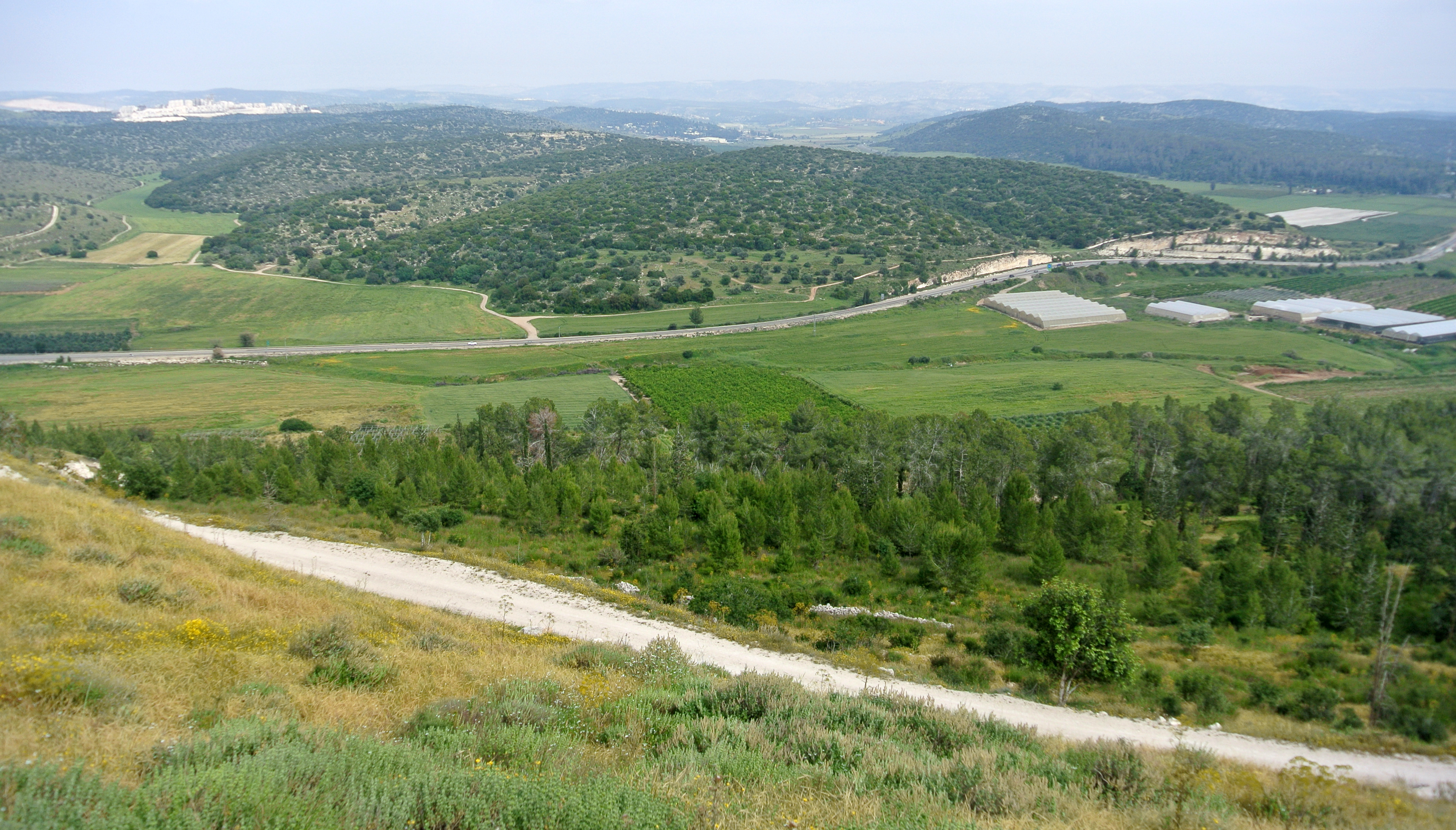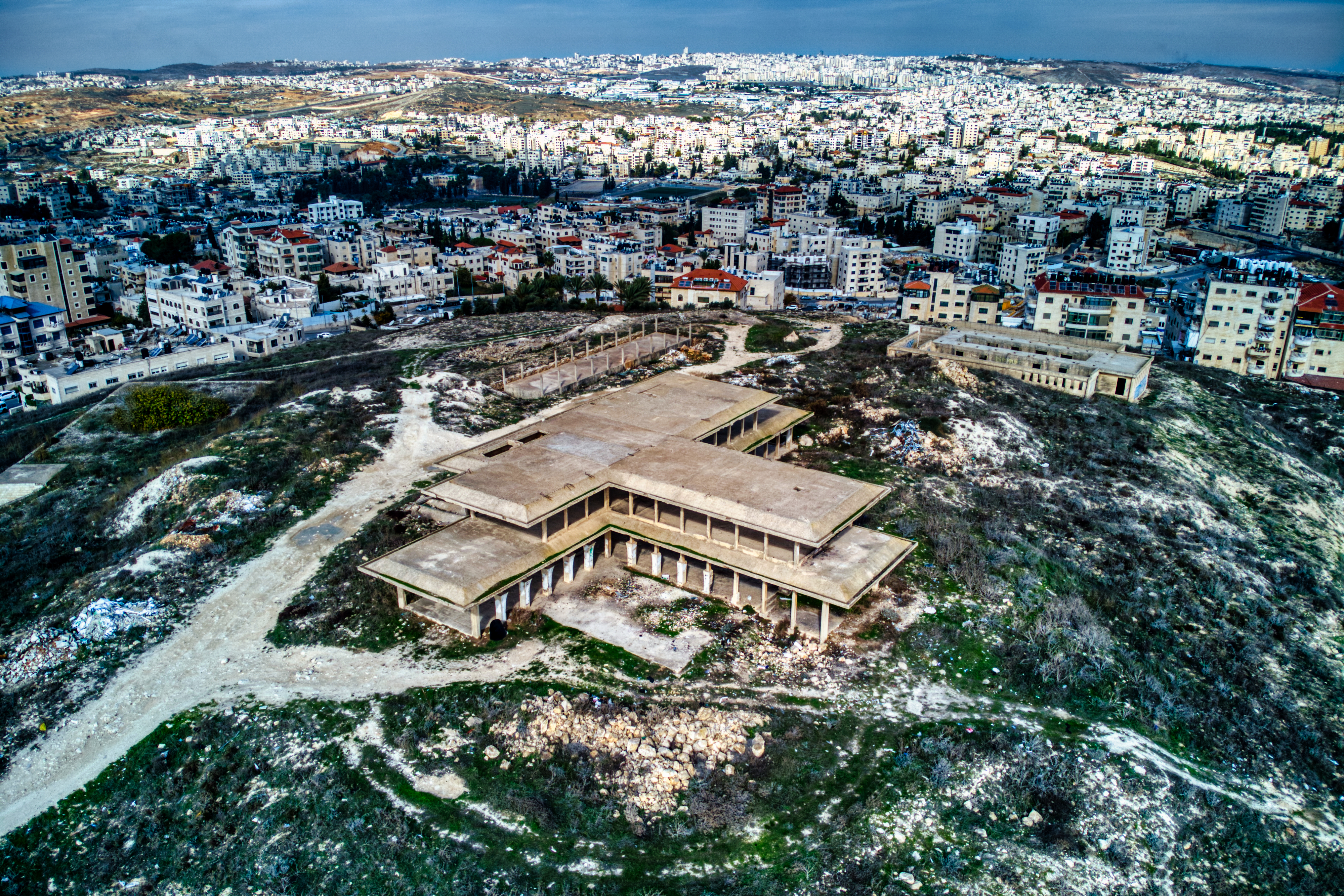|
1 Samuel 17
1 Samuel 17 is the seventeenth chapter of the First Book of Samuel in the Old Testament of the Christian Bible or the first part of the Books of Samuel in the Hebrew Bible. According to Jewish tradition the book was attributed to the prophet Samuel, with additions by the prophets Gad and Nathan, but modern scholars view it as a composition of a number of independent texts of various ages from c. 630–540 BCE. This chapter contains the battle of David with Goliath, the Philistine. This is within a section comprising 1 Samuel 16 to 2 Samuel 5 which records the rise of David as the king of Israel. Text This chapter was originally written in the Hebrew language. It is divided into 58 verses. Textual witnesses Some early manuscripts containing the text of this chapter in Hebrew are of the Masoretic Text tradition, which includes the Codex Cairensis (895), Aleppo Codex (10th century), and Codex Leningradensis (1008). Fragments containing parts of this chapter in Hebrew were found ... [...More Info...] [...Related Items...] OR: [Wikipedia] [Google] [Baidu] |
Books Of Samuel
The Book of Samuel (, ''Sefer Shmuel'') is a book in the Hebrew Bible, found as two books (1–2 Samuel) in the Old Testament. The book is part of the narrative history of Ancient Israel called the Deuteronomistic history, a series of books (Joshua, Judges, Samuel, and Kings) that constitute a theological history of the Israelites and that aim to explain God's law for Israel under the guidance of the prophets. According to Jewish tradition, the book was written by Samuel, with additions by the prophets Gad and Nathan, who together are three prophets who had appeared within 1 Chronicles during the account of David's reign. Modern scholarly thinking posits that the entire Deuteronomistic history was composed ''circa'' 630–540 BCE by combining a number of independent texts of various ages. The book begins with Samuel's birth and Yahweh's call to him as a boy. The story of the Ark of the Covenant follows. It tells of Israel's oppression by the Philistines, which brought about Sam ... [...More Info...] [...Related Items...] OR: [Wikipedia] [Google] [Baidu] |
Codex Cairensis
The Codex Cairensis (also: ''Codex Prophetarum Cairensis'', ''Cairo Codex of the Prophets'') is a Hebrew manuscript containing the complete text of the Hebrew Bible's Nevi'im (Prophets). It has traditionally been described as "the oldest dated Hebrew Codex of the Bible which has come down to us", but modern research seems to indicate an 11th-century date rather than the 895 CE date written into its colophon. It contains the books of the Former Prophets (Joshua, Judges, Samuel, and Kings) and Latter Prophets (Isaiah, Jeremiah, Ezekiel and the book of the Twelve Minor Prophets). It comprises 575 pages including 13 carpet pages. History According to its colophon, it was written complete with punctuation by Moses ben Asher in Tiberias "at the end of the year 827 after the destruction of the second temple" (this corresponds to the year 895 CE, during the reign of Al-Mu'tadid). It was given as a present to the Karaite community in Jerusalem, and taken as booty by the Crusaders in ... [...More Info...] [...Related Items...] OR: [Wikipedia] [Google] [Baidu] |
Sokho
Sokho (alternate spellings: Sokhoh, Sochoh, Soco, Sokoh; he, שׂוֹכֹה ,שׂוֹכ֖וֹ ,שֹׂכֹ֖ה) is the name given to two ancient towns in the territorial domain of Judah as mentioned in the Hebrew Bible, west of the Judean hills. Both towns were given the name ''Shuweikah'' in Arabic, a diminutive of the Arabic ''shawk'', meaning "thorn". The remains of both have since been identified. One is located about southwest of Hebron and has been identified with the twin ruins known as ''Khirbet Shuwaikah Fauka'' and ''Tahta'' (Upper and Lower Shuwaikah), southwest of Eshtamoa in the Hebron Hills district (grid position 150/091 PAL)(). The other ruin is situated on a hilltop overlooking the Elah Valley between Adullam and Azekah (), in the lower stratum of the Judaean foothills (grid position 147/121 PAL). Today it is a popular tourist attraction better known as Givat HaTurmusim. The site, occupied as early as the Iron Age, was visited by Claude Conder in ... [...More Info...] [...Related Items...] OR: [Wikipedia] [Google] [Baidu] |
Azekah
Azekah ( he, עֲזֵקָה, ''ʿazēqā'') was an ancient town in the Shfela ("lowlands of Judea") guarding the upper reaches of the Valley of Elah, about 26 km (16 mi) northwest of Hebron. The current '' tell'' (ruin) by that name, also known as Tel Azeka ( he, תל עזקה, ''ʿtel azēqā'') or Tell Zakariya, has been identified with the biblical Azekah, dating back to the Canaanite period. Today, the site lies on the purlieu of Britannia Park. According to Epiphanius of Salamis, the name meant "white" in Hebrew. The ''tell'' is pear shaped with the tip pointing northward. Due to its location in the Elah Valley it functioned as one of the main Judahite border cities, sitting on the boundary between the lower and higher Shfela.Gadot, ''et al.'' (2012), pp. 196–206 Although listed in Joshua 15:35 as being a city in the plain, it is actually partly in the hill country, partly in the plain. Biblical history In the Bible, it is said to be one of the places where t ... [...More Info...] [...Related Items...] OR: [Wikipedia] [Google] [Baidu] |
Gibeah
Gibeah (; he, גִּבְעָה ''Gīḇəʿā''; he, גִּבְעַת, link=no ''Gīḇəʿaṯ'') is the name of three places mentioned in the Hebrew Bible, in the tribes of Benjamin, Judah, and Ephraim respectively. Gibeah of Benjamin is the most commonly mentioned of the places. In the Book of Judges, it is the main setting to the story of the Benjaminite War. Later, in the Book of Samuel, it is mentioned as the first capital of the united Kingdom of Israel under king Saul. Gibeah of Benjamin is generally identified with ''Tell el-Fūl'' in northern Jerusalem. Etymology Gibeah is a Hebrew word meaning "hill" ( he, גִּבְעָה, translit=Giv'ah). Gibeah of Benjamin Biblical narrative Gibeah in the tribe of Benjamin was the location of the infamous rape and murder of the Levite's concubine, and the resulting Battle of Gibeah (). Israel’s first king, King Saul, reigned here for 22 years (). According to PEF explorer C.R. Conder, the name may h ... [...More Info...] [...Related Items...] OR: [Wikipedia] [Google] [Baidu] |
Bethlehem
Bethlehem (; ar, بيت لحم ; he, בֵּית לֶחֶם '' '') is a city in the central West Bank, Palestine, about south of Jerusalem. Its population is approximately 25,000,Amara, 1999p. 18.Brynen, 2000p. 202. and it is the capital of the Bethlehem Governorate of the State of Palestine. The economy is primarily tourist-driven, peaking during the Christmas season, when Christians make pilgrimage to the Church of the Nativity. The important holy site of Rachel's Tomb is at the northern entrance of Bethlehem, though not freely accessible to the city's own inhabitants and in general Palestinians living in the Israeli-occupied West Bank due to the Israeli West Bank barrier. The earliest known mention of Bethlehem was in the Amarna correspondence of 1350–1330 BCE when the town was inhabited by the Canaanites. The Hebrew Bible, which says that the city of Bethlehem was built up as a fortified city by Rehoboam, identifies it as the city David was from and where he was ... [...More Info...] [...Related Items...] OR: [Wikipedia] [Google] [Baidu] |
Israel
Israel (; he, יִשְׂרָאֵל, ; ar, إِسْرَائِيل, ), officially the State of Israel ( he, מְדִינַת יִשְׂרָאֵל, label=none, translit=Medīnat Yīsrāʾēl; ), is a country in Western Asia. It is situated on the southeastern shore of the Mediterranean Sea and the northern shore of the Red Sea, and shares borders with Lebanon to the north, Syria to the northeast, Jordan to the east, and Egypt to the southwest. Israel also is bordered by the Palestinian territories of the West Bank and the Gaza Strip to the east and west, respectively. Tel Aviv is the economic and technological center of the country, while its seat of government is in its proclaimed capital of Jerusalem, although Israeli sovereignty over East Jerusalem is unrecognized internationally. The land held by present-day Israel witnessed some of the earliest human occupations outside Africa and was among the earliest known sites of agriculture. It was inhabited by the Canaanites ... [...More Info...] [...Related Items...] OR: [Wikipedia] [Google] [Baidu] |
Codex Sinaiticus
The Codex Sinaiticus (Shelfmark: London, British Library, Add MS 43725), designated by siglum [Aleph] or 01 (in the Gregory-Aland numbering of New Testament manuscripts), δ 2 (in the von Soden numbering of New Testament manuscripts), or Sinai Bible is a 4th-century Christian manuscript of a Greek Bible, containing the majority of the Greek Old Testament, including the Apocrypha, and the Greek New Testament, with both the Epistle of Barnabas and the Shepherd of Hermas included. It is written in uncial letters on parchment. It is one of the four great uncial codices (these being manuscripts which originally contained the whole of both the Old and New Testaments). Along with Codex Alexandrinus and Codex Vaticanus, it is one of the earliest and most complete manuscripts of the Bible, and contains the oldest complete copy of the New Testament. It is a historical treasure, and using the study of comparative writing styles (palaeography), it has been dated to the mid-4th cen ... [...More Info...] [...Related Items...] OR: [Wikipedia] [Google] [Baidu] |
Codex Alexandrinus
The Codex Alexandrinus (London, British Library, Royal MS 1. D. V-VIII), designated by the siglum A or 02 (in the Gregory-Aland numbering of New Testament manuscripts), δ 4 (in the von Soden numbering of New Testament manuscripts), is a manuscript of the Greek Bible,The Greek Bible in this context refers to the Bible used by Greek-speaking Christians who lived in Egypt and elsewhere during the early history of Christianity. This Bible contained both the Old and New Testaments in Koine Greek. written on parchment. Using the study of comparative writing styles (palaeography), it has been dated to the fifth century. It contains the majority of the Greek Old Testament and the Greek New Testament. It is one of the four Great uncial codices (these being manuscripts which originally contained the whole of both the Old and New Testaments). Along with Codex Sinaiticus and Vaticanus, it is one of the earliest and most complete manuscripts of the Bible. It derives its name from the ... [...More Info...] [...Related Items...] OR: [Wikipedia] [Google] [Baidu] |

.jpg)


